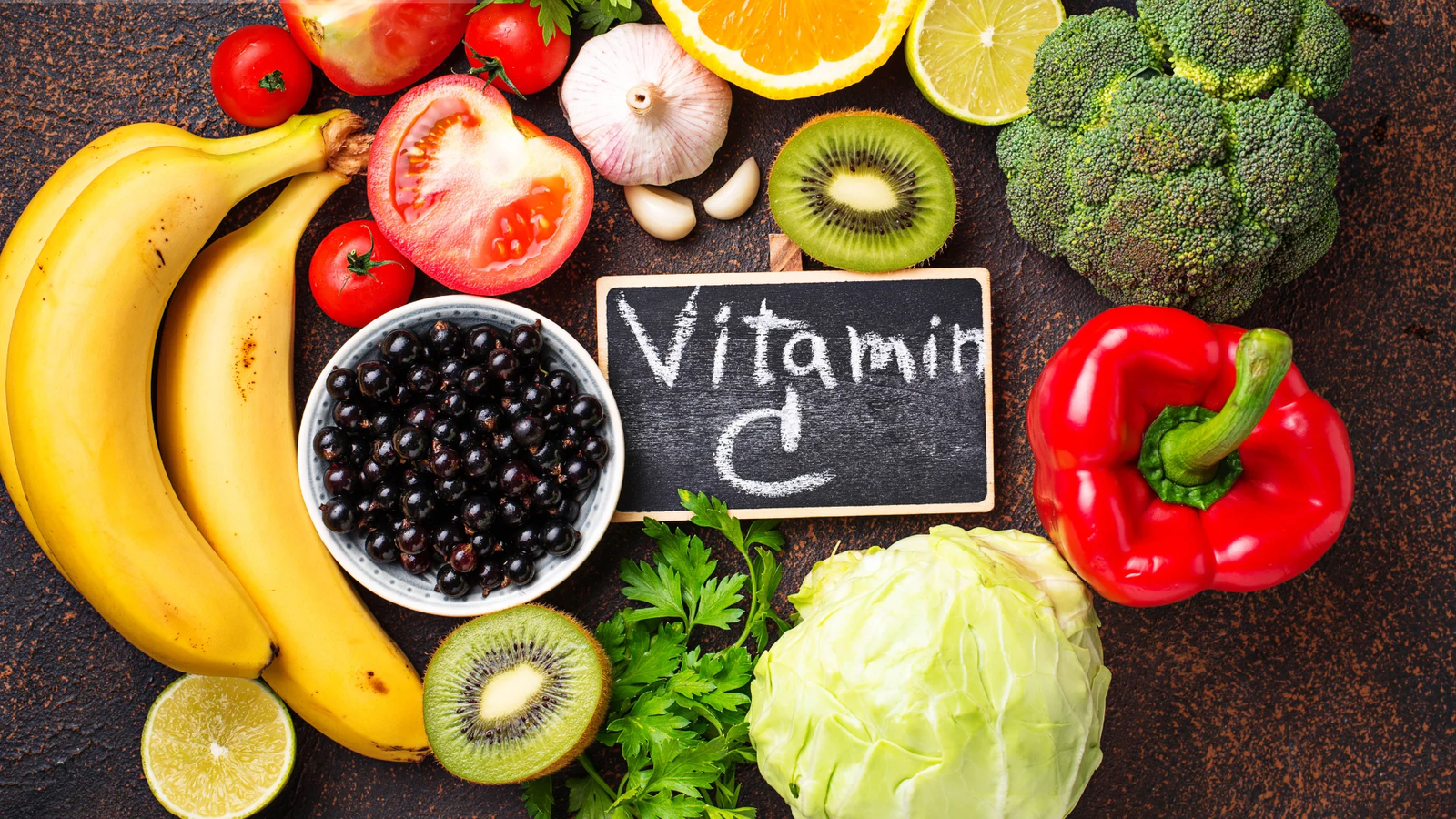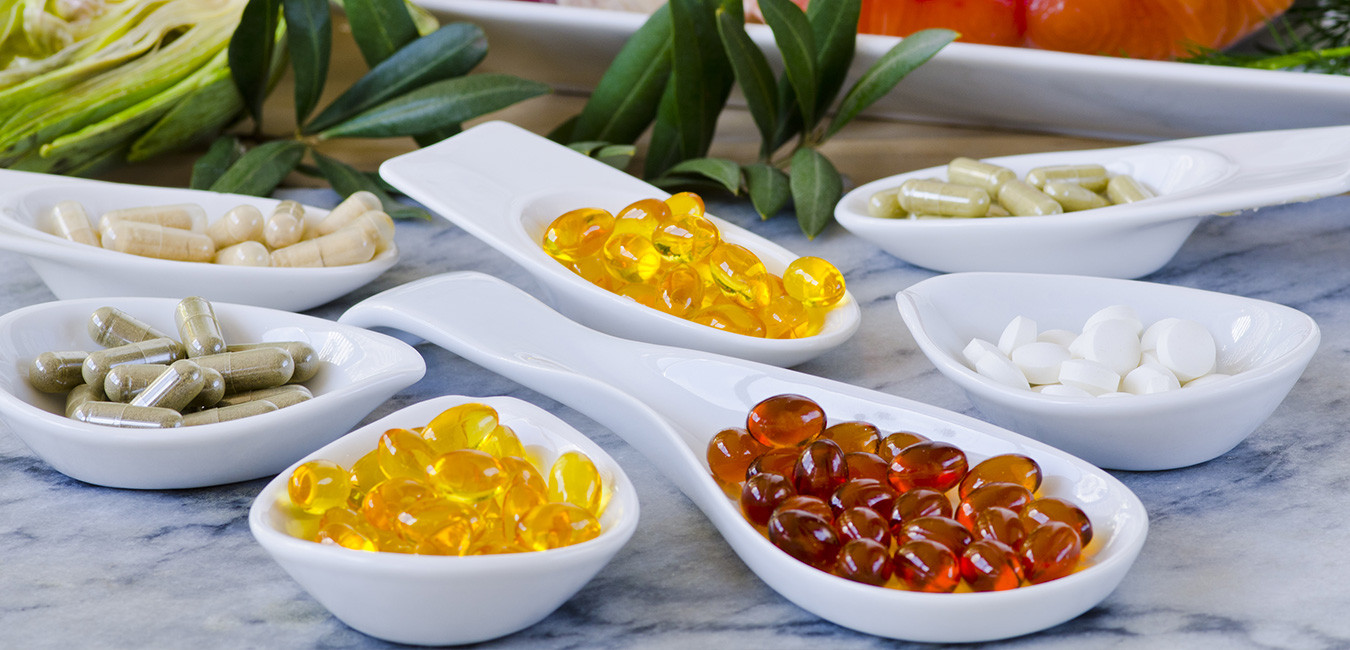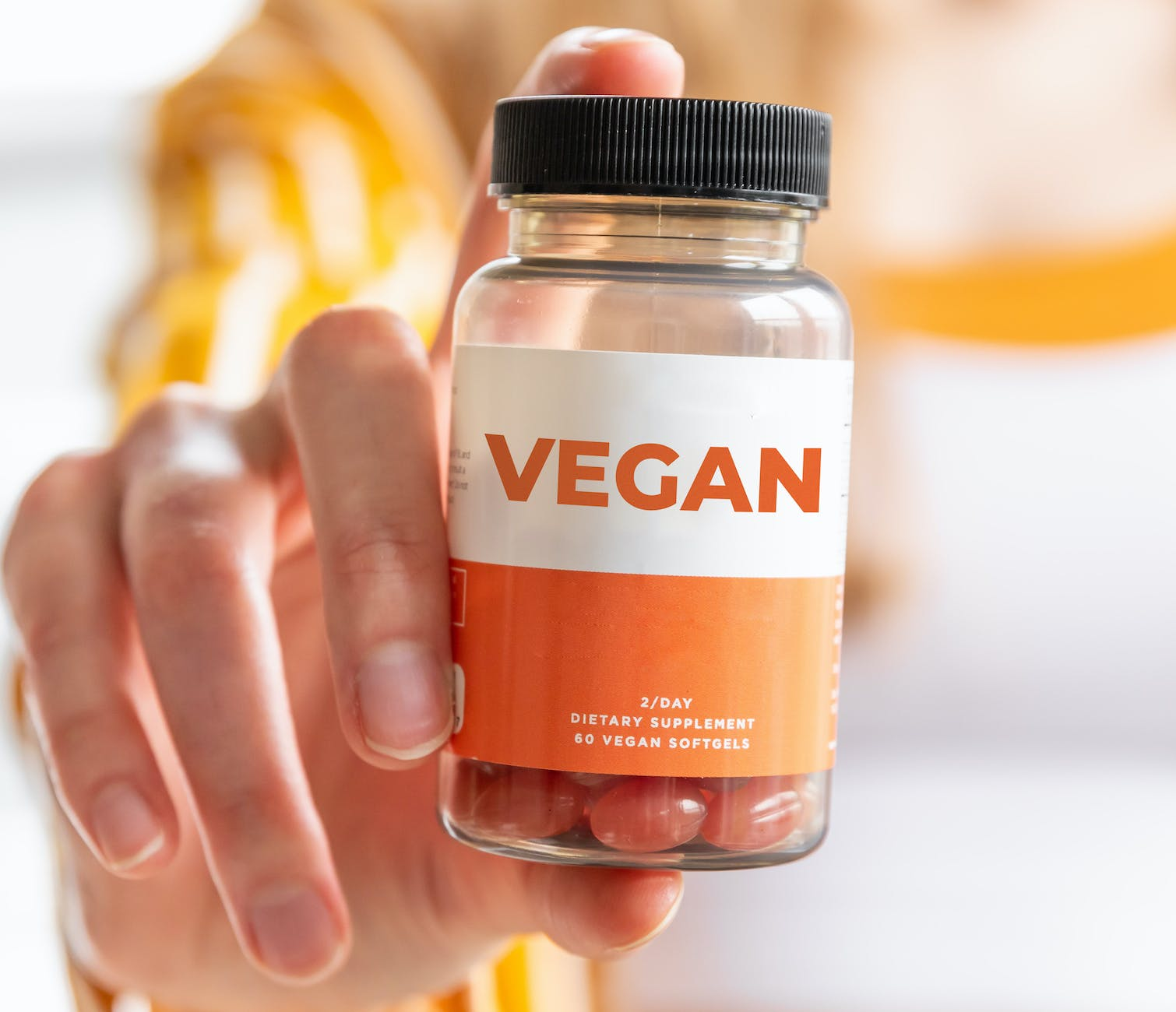Vitamin C is like the celebrity of the nutrient world — everyone’s heard of it, everyone swears it’s a game changer, and it’s been on the “immune booster” A-list for decades. Some people pop it like candy to “keep colds away,” others take it for glowing skin, and a few just know it’s “something in oranges.” But here’s the truth: taking vitamin C the wrong way is like pouring gas on a parked car — you’re not going anywhere. Let’s clear the air on how to take it effectively without falling for the hype.
What Vitamin C Actually Does for You
Vitamin C, aka ascorbic acid, is a water-soluble vitamin your body can’t make on its own, so you’ve got to get it from your diet. Here’s what it brings to the table:
Collagen production — keeps your skin firm, your blood vessels strong, and your bones in shape. Think of it as the scaffolding holding your body together.
Powerful antioxidant — mops up free radicals before they can damage your cells.
Immune support — while it won’t make you bulletproof against colds, research shows it can help shorten the duration of symptoms.
Iron absorption booster — especially for plant-based iron, which is harder for your body to absorb.
Heart health — may help lower blood pressure and keep blood vessels flexible.
According to the U.S. National Institutes of Health (NIH), long-term vitamin C deficiency can lead to fatigue, joint pain, gum problems, and a higher risk of infections.
Best Sources of Vitamin C
You’ve got two main options: whole foods and supplements.
Food sources
Fruits: oranges, kiwis, strawberries, guava, papaya, grapefruit, mango.
Vegetables: broccoli, bell peppers, Brussels sprouts, spinach, tomatoes, kale.
Fresh and raw is best — vitamin C is heat-sensitive, so overcooking veggies is like sending your nutrients on vacation with no return ticket.
Supplement sources
Natural extracts (from fruits or vegetables) — pricier but chemically identical to synthetic vitamin C.
Synthetic vitamin C (ascorbic acid) — cheaper and equally effective.
Forms include tablets, chewables, powders, and effervescent tablets.
Recommended Daily Intake
Per NIH guidelines:
Adults: 75 mg for women, 90 mg for men
Pregnant individuals: 85 mg
Breastfeeding individuals: 120 mg
Smokers: add 35 mg more, since smoking depletes vitamin C faster
Upper limit: 2,000 mg per day. Go above that regularly, and you might be rewarded with diarrhea, stomach cramps, or kidney stones. Not exactly the wellness glow you were hoping for.
Who Needs It Most
Some people burn through vitamin C faster or get less from their diet, so they should pay closer attention:
People who eat few fruits and vegetables
Smokers or heavy drinkers
Athletes or those under high physical stress
Pregnant and breastfeeding individuals
People recovering from surgery or injury
Risks, Interactions, and Safety Tips
Kidney stones: High-dose, long-term use can increase the risk of kidney stones (oxalate type).
Medication interactions: Can interfere with certain drugs like chemotherapy agents, blood thinners, and high-dose iron supplements — talk to your healthcare provider first.
Stomach irritation: Avoid taking large doses on an empty stomach if you have acid reflux or ulcers.
Kids: Keep dosages age-appropriate — more isn’t better.
How to Take Vitamin C Like a Pro
Choosing supplements
If your diet is balanced, you may not need a supplement at all.
Look for pure vitamin C without unnecessary additives.
Effervescent tablets can be fun, but check sugar content if you’re watching carbs.
Best pairings
Pair with iron-rich foods (like lentils, spinach, or beef) to improve iron absorption.
Cook veggies lightly — steam or stir-fry instead of boiling them into oblivion.
Take vitamin C in smaller doses spread throughout the day for better absorption.
Common myths to ditch
“Vitamin C prevents colds” — not exactly. It might reduce how long you’re sick, but it won’t make you invincible.
“Natural is better” — chemically, natural and synthetic vitamin C are the same.
“More is better” — your body just flushes out the excess (and sometimes with unpleasant side effects).
A One-Day Vitamin C-Rich Meal Plan
Here’s a balanced, food-first approach that covers your daily needs (~120 mg total):
Breakfast:
1 medium kiwi (about 62 mg vitamin C)
2 slices whole-grain toast
1 boiled egg
Lunch:
Steamed broccoli, 150 g (about 50 mg vitamin C)
Grilled chicken breast, 100 g
Brown rice, 150 g
Dinner:
Raw bell pepper salad, 100 g (about 80 mg vitamin C)
Tomato and egg soup
100 g baked sweet potato
Cooking tips
Steam broccoli for no more than 1 minute to retain vitamin C
Keep bell peppers raw to maximize nutrient content
Add tomatoes near the end of soup cooking to preserve vitamin C
References
National Institutes of Health, Office of Dietary Supplements: “Vitamin C Fact Sheet for Health Professionals”
World Health Organization: “Vitamin C in human health and disease”
European Food Safety Authority (EFSA) Scientific Opinion on Dietary Reference Values for Vitamin C




